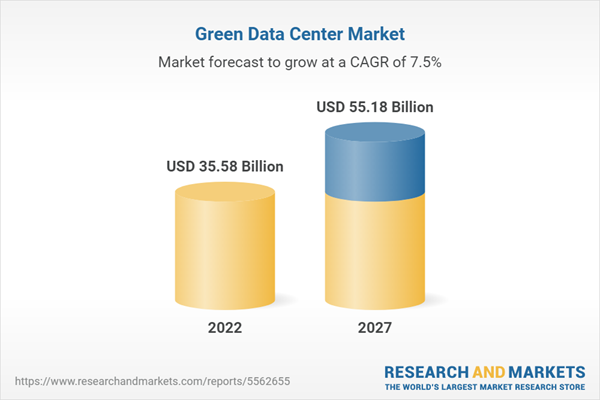Are data centers environmentally responsible?

It is a known fact that the main providers of cloud infrastructure seek to locate their datacenters in places with mostly cold weather, to reduce energy consumption in refrigeration; however, it is not possible to only consider locations. The world is full of places where a large number of servers are hosted and that forces us to consider the issue of electricity consumption, not only for the cost but also for a matter of sustainability and environmental responsibility.
|
The size of the global enterprise data management market is estimated at more than US $89 billion currently, and is expected to continue growing at a compound annual rate of 12% from 2023 to 2030. Source: GrandViewResearch |
Undoubtedly, this reflects the dynamism with which the volume and complexity of information handled by mature organizations in a digital scenario grows. One of the aspects that underlies this reality is linked to energy consumption and the need to work with environmentally responsible data centers.
Paradoxes of new technologies
There are many factors to take into account when acting in response to the challenges of sustainable development; one that has become a hot topic lately has to do with the technology of the chips that the servers use. While increasing their processing capacity, they are exhibiting superior heat generation to their predecessors.
The consumption savings that could be achieved with new technologies (fewer servers to fulfill more functions) is being compensated with higher consumption and temperature. In a few years, the total power of a few servers will exceed 5 kW, and a quarter rack of well-configured servers can reach 10 kW if overloaded simultaneously.
Specialized GPU-based high-performance computing (HPC) systems can already require hundreds of watts per chip at their peak power. In addition to the high thermal power, they have lower temperature limits. More and more data center operators are considering direct liquid cooling (DLC) as a solution to this reality that requires multiple strategies from a technology vision with purpose.
Air separation, temperature flexibility and tighter control of cooling, fans and energy distribution, as well as the use of renewable energy sources, point to much more resource-efficient facilities.
Continue reading
Managed IT Services: 5 Reasons to Have Them

How to create a Green Data Center?
Resilience is one of the sine qua non conditions in any DC today, especially for security-related issues. But compliance with international environmental regulations also enters the equation of IT teams when making their budgets and action plans. The current size of the computing centers where cloud platforms run, generates enormous carbon emissions and audits not only focus on companies but they also investigate what their suppliers, customers and business partners do. Power generation is a major environmental problem of our time.
|
Data centers alone consume more than 1% of the world's electricity. Fuente: Economía Sustentable |
Hence the term Green Data Center, which are the ones that use renewable energy as the main source of energy, produce less carbon emissions, produce a minimum of waste and allow the re-use of infrastructure such as servers. Additionally, they use innovative technology such as hydrogen fuel cell, HVO fuel and advanced cooling techniques.
The trend is crystal clear. Sustainability is already an issue that adds to the concerns of IT teams, which will require services that help them achieve optimal results in the shortest possible time to reduce the impact on the environment.




